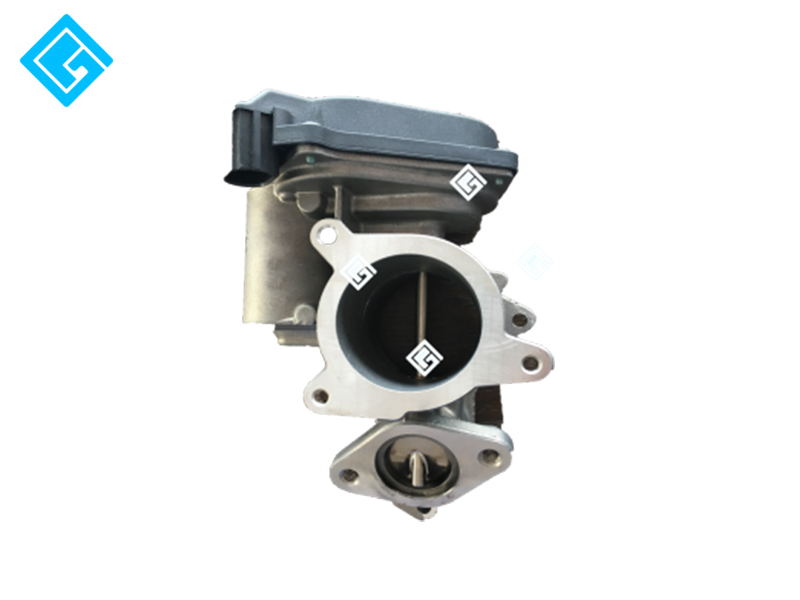Six countermeasures to solve the electric actuator shock problem
- 2021-12-07
- 1599
- SHANGHAI GURAN ELECTRONIC CO.,LTD
Many users will encounter various shock phenomena when using electric actuators. Long-term use will affect the life of electric actuators, so the shock phenomenon can be eliminated. There are many reasons for the oscillations of electric actuators. This paper analyzes some reasons of the oscillations of electric actuators and their elimination methods in detail.
First, the shock caused by the fluctuation of measured parameters
The measured parameters themselves are pulsating signals, such as boiler drum water level, reciprocating compressor outlet pressure, etc., which are easy to cause oscillation. This kind of pulsating fluctuation will cause the constant change of transmitter output, which will lead to the oscillation of the whole control system without a stable state in the transition process. At this time, it can be considered to install buffer parts in the pressure guide tube for mechanical filtering, or install electrical damper, adjust and increase the filter constant of the transmitter and receiving instrument, or turn down the root valve and other measures to eliminate the oscillation.
2. Oscillation caused by improper PID parameter setting of the regulator
Improper PID parameter setting of the control system will also cause oscillation of the control system. For example, the proportional gain of the single loop PID controller is too large, the integral time is too short, and the differential time and differential gain are too large, which may cause the system to oscillate and lead to the actuator oscillation. For the multi-loop control system. In addition, there is also a problem of interaction between loops, due to improper parameter setting and resonance problems. According to the existing problems, the PID parameters can be adjusted to make the control loop have a certain stability margin without affecting the production and meeting the requirements of process control.
Three, the vibration caused by the mechanical assembly of the electric actuator and the regulating valve
The poor mechanical connection between the electric actuator and the regulating valve, such as the excessive mechanical clearance, will also cause the oscillation of the actuator. Therefore, we must buy good quality, the actuator and the regulating valve are the products supplied by manufacturers, and there is to ensure the quality of installation.
Fourth, the shock caused by the external interference of the control system
The oscillation caused by the external interference of the control system is often irregular and may be sporadic. It is different from the oscillation of the control system and itself, and it is easy to judge, but difficult to eliminate. You can take the following measures: Connect the ground cable and shield the signal cable. The shield layer can only be grounded.
Five, regulating valve flow characteristics caused by the system shock
Can not ignore the flow characteristics of the regulating valve, the flow characteristics of the regulating valve is too steep, as long as there is a small deviation, will make the medium to be adjusted to produce greater changes. Even if the controller has a very small output, due to the reasons of the valve will lead to a great change in the medium flow, resulting in overregulation, and the whole system appears amplitude oscillation. In these cases, if valve characteristics cannot be modified, the proportional gain of the controller can be reduced to improve control quality.
Six, the shock caused by the failure of the electric actuator
The failure of the braking mechanism of the electric actuator will cause the phenomenon of falling off the electric actuator and also cause oscillation. After the braking mechanism of the electric actuator fails, the holding brake is not closed well, so that the motor has a long idle rotation. Even if the deviation of the servo amplifier is zero, the deviation of the servo amplifier cannot be zero because of the over-adjustment of the valve position, which leads to the oscillation of the motor rotating back and forth.
- PREV:NONE
- NEXT:NONE













 HOME
HOME PRODUCTS
PRODUCTS NEWS
NEWS CALL
CALL